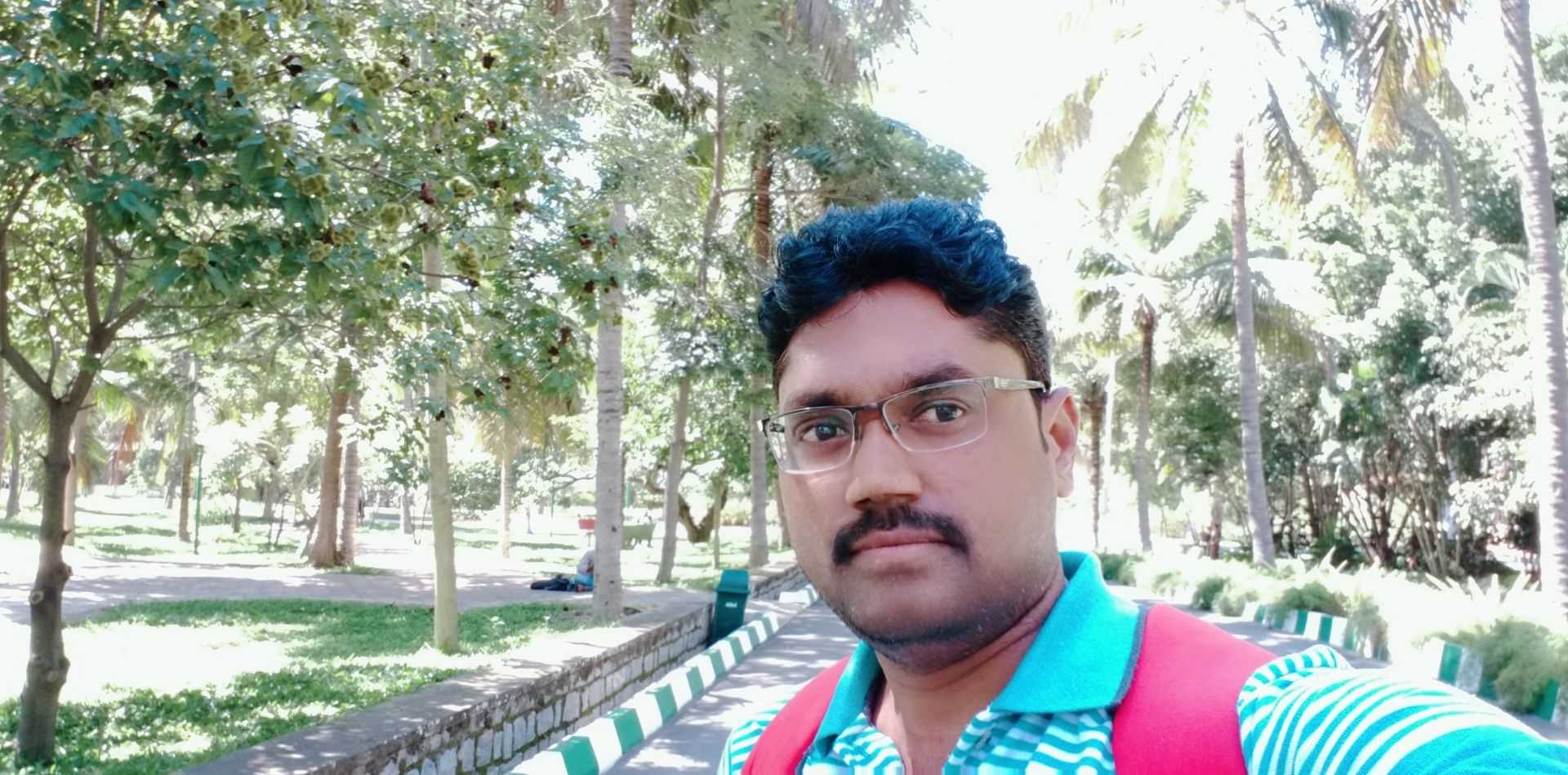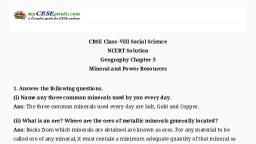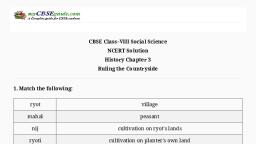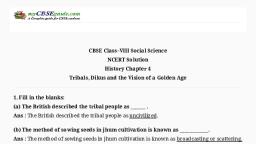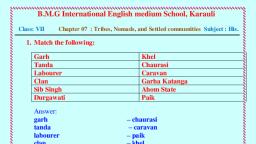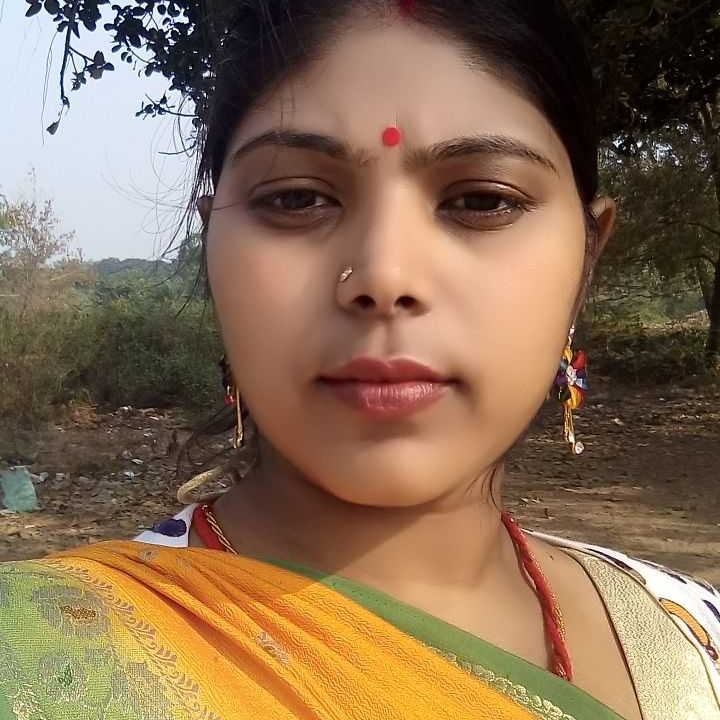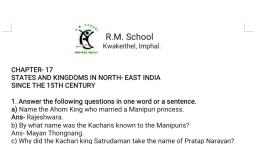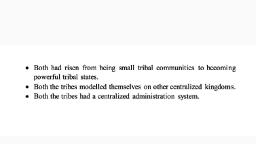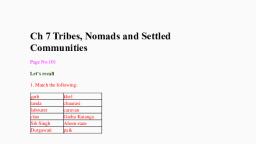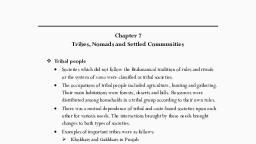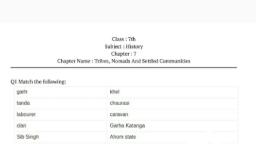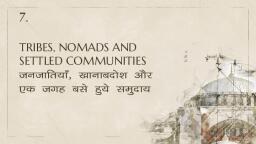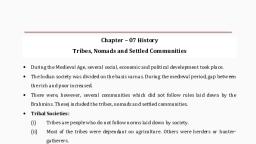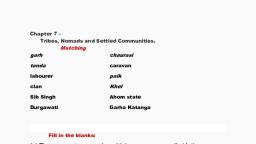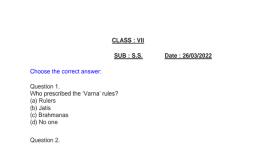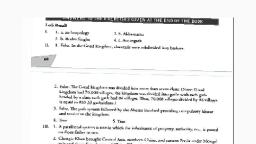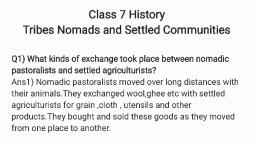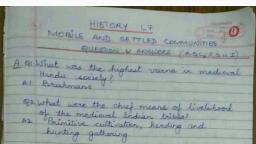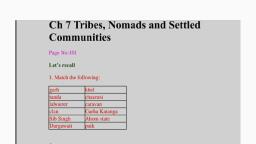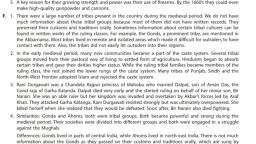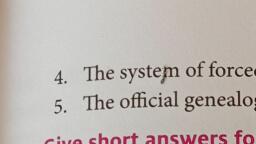Page 2 :
(b) Buranjis were historical works written by the Ahoms., (c) The Akbar Nama mentions that Garha Katanga had 70,000 villages., (d) As tribal states became bigger and stronger, they gave land grants to poets and scholars., , Q3: State whether true or false:, a. Tribal societies had rich oral traditions., b. There were no tribal communities in the north-western part of the subcontinent., c. The chaurasi in Gond states contained several cities., d. The Bhils lived in the north-eastern part of the subcontinent., Ans: (a)True, (b) False, (c) False, (d) False, , Q4: What kinds of exchanges took place between nomadic pastoralists and settled, agriculturists?, Ans:, There was an exchange of basic goods which, in between the nomadic pastoralists, and settled agriculturists., Nomadic pastoralists exchanged wool, ghee, etc. with settled agriculturalists for grain,, cloth, utensils and other products., , Q5: How was the administration of the Ahom state organized?, Ans:, The Ahoms migrated to the Brahmaputra valley from present-day Myanmar in the, thirteenth century and they created a new state by suppressing the older political, system., The Ahoms built a large state. The Ahom state depended upon forced labour., Those forced to work for the state were called paiks., Each village had to send a number of paiks by rotation., , Material downloaded from myCBSEguide.com., , 2/6
Page 3 :
By the first half of the seventeenth century, the administration became quite, centralised., Almost all adult males served in the army during the war., Ahom society was divided into clans or khels. A khel often controlled several villages., The peasants were given land by his village community. Even the king could not take, it away without the community’s consent., , Q6: What changes took place in varna-based society?, Ans: The following changes took place in verna-based society:, As the economy and the needs of society grew, people with new skills emerged., As a result, the smaller castes, or jatis, emerged within varnas., For example, new castes appeared amongst the Brahmanas. On the other hand, many, tribes and social groups were taken into caste-based society and given the status of, jatis., Specialised artisans – smiths, carpenters and masons – were also recognised as, separate jatis by the Brahmanas., Jatis, rather than varna, became the basis for organising society., Among the Kshatriyas, new Rajput clans became powerful., The rise of jatis led to unequal social order and a greater divide between castes., Varnas helped identify people with specialized skills and formalized labor., , Q7: How did tribal societies change after being organized into a state?, Ans: The emergence of large states changed the nature of tribal societies. We can understand, this with the help of two examples—the Gond society and the Ahom society., The Gond Society:, The emergence of large states changed the nature of Gond society., Their equal society gradually was divided into unequal social classes., Brahmanas received land grants from the Gond rajas and became more influential., The Gond chiefs now wished to be recognised as Rajputs., The Ahom Society:, , Material downloaded from myCBSEguide.com., , 3/6
Page 4 :
The Ahoms built a large state, which brought many changes in the Ahom society., The influence of Brahmanas increased., Temples and Brahmanas were granted land by the king. In the reign of Sib Singh,, Hinduism became the predominant religions., , Q8: Were the Banjaras important for the economy?, Ans: The Banjaras were very important for the economy., They were trader-nomads and controlled trade and commerce., They played an important role in transporting grain to the city markets., They usually bought grain where it was cheaply available and carried it to places, where it was dearer. From there, they again reloaded their oxen with anything that, could be profitably sold in other places., They helped traders by working as carriers., For example, Sultan Alauddin Khalji used the Banjaras to transport grain to the city, markets., Emperor Jahangir wrote in his memoirs that the Banjaras carried grain on their, bullocks from different areas and sold it in towns. They transported food grain for the, Mughal army during military campaigns., , Q9: In what ways was the history of the Gonds different from that of the Ahoms? Were, there any similarities?, Ans: The history of the Gonds was different from that of the Ahoms in the following ways:, History of the Gonds, The Gonds lived in a vast, forested region called, , The Ahoms migrated to the Brahmaputra valley from, present-day Myanmar in the 13th century, , Gondwana, The Gonds practised, , The Ahoms did not practise this type of cultivation, , shifting cultivation., The Gond society was not as, much developed as the, Ahom’s., , History of the Ahoms, , The Ahoms built a large state by using firearms. They could, even make high quality gunpower and cannons, , Material downloaded from myCBSEguide.com., , 4/6
Page 5 :
In Gond Society, creative, , The Ahom society was very sophisticated. Poets and scholars, , work like Ahoms was not, , were given land grants. Theatre was encouraged in Ahom, , found., , Society., , Aman Das, was a great, Gonds Ruler., , Sib Singh was a Great Ahom Ruler., , There were many similarities between the Gonds and Ahoms:, Both were tribal societies that organized into large states., Both had to face Mughal attack. Despite their brave defense, the Mughals defeated, both., Both of them granted land to the Brahmanas, who became very influential., We find the administration centralised in the history of the Gonds as well as the, Ahoms., Both tribes were divided into clans or jatis., Almost all adult males served in the army during war., , Q10. Find out about present-day government policies towards tribal populations and, organise a discussion about these., Ans: Present-day government policies towards tribal populations are very positive., Education facilities are also spread in these tribal areas., Facilities like roads, water, and electricity have been developed., The government is doing actively for the overall development of the tribal, populations., The government has enforced reservation for them in government jobs. This policy of, the government has helped the tribal people in many ways. They are now joining the, mainstream of society., The government is also determined to defend their cultural and social traditions., , Q11. Find out more about present-day nomadic pastoral groups in the sub-continent., What animals do they keep? Which are the areas frequented by these groups?, Ans:, , Material downloaded from myCBSEguide.com., , 5/6
Page 6 :
1. Present-day nomadic pastoral groups in the sub-continent areGaddi shepherds living in the western Himalayas., Gujjar Bakarwals- living in Jammu & Kashmir., Banjaras-living in Rajasthan., 2. These nomadic people keep sheep, goats and camels., 3. They frequently visit Kumaon region of Uttarakhand, Jammu & Kashmir, Punjab and, Rajasthan., , Material downloaded from myCBSEguide.com., , 6/6
